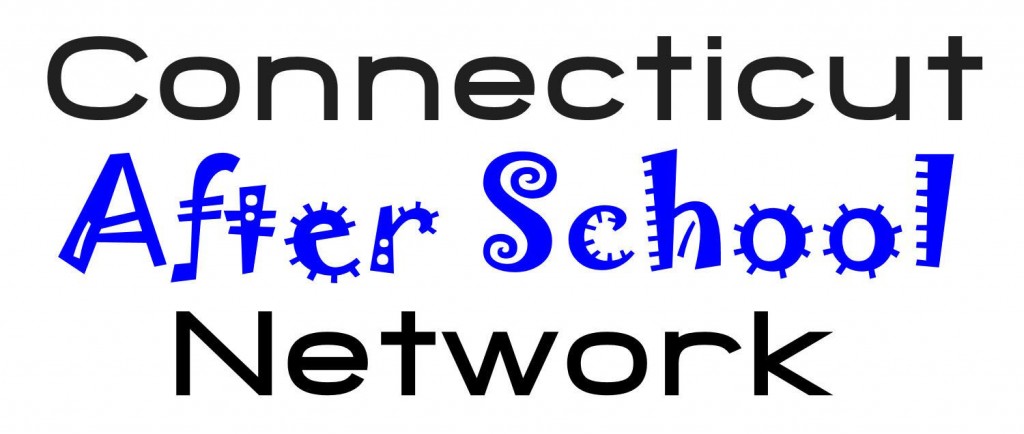Pilot Proposed to Track High School Sports Injuries; Prospects in Doubt
/Even with increased attention of late on the prevalence of concussions in youth sports, the Connecticut Athletic Trainers Association (CATA) says there is no reliable sports-related injury data compiled by secondary schools across Connecticut – for concussions or other injuries. They’d like to change that, and are urging legislators to The goal is to “make recommendations to decrease the number” of injuries, and to quantify the need for appropriate medical coverage for secondary school student-athletes.
The proposal is opposed by the state Department of Public Health (DPH), citing a lack of funding for such a pilot. In testimony earlier this month for the legislature’s Public Health Committee, Commissioner Jewel Mullen said “DPH does not have resources to conduct a pilot program solely for the purpose of studying injury rates in school athl etic programs.”
etic programs.”
She went on to offer that “the DPH can assist in providing support to statewide injury prevention initiatives that would address systems and environmental change to prevent injuries and disabilities to Connecticut residents.”
The department’s Office of Injury Prevention (OIP) “ceased to exist” in August 2010, after 17 years, when it was unsuccessful in obtaining federal funds from the Centers for Disease Control and Prevention (CDC). A five-year grant from CDC, which had supported operations of the OIP, expired in 2010.
The new pilot program being proposed by CATA and a coalition of statewide organizations would:
- Collect injury data from 20 schools over a 2-year period
- Identify injury rates, patterns and trends among high school sports participants in CT
- Assist with the development of evidence-based interventions to improve the health and safety of participants by lowering the number and/or severity of injuries and illnesses
- Provide evidence that may drive rule or policy change to ensure athlete safety
- Quantify the need for appropriate medical coverage for secondary school student –athletes
Thomas H. Trojian, Sports Medicine Fellowship Director at the UConn Health Center and a member of the Connecticut Concussion Task Force, described the plan as “vital to the health and safety of the children of the state of Connecticut.” He told the committee that “due to the lack of a data collecting process, both physicians and those involved in these sports at a regulatory level cannot make fully educated decisions regarding interventions or rule changes to protect the health and safety of our student athletes in Connecticut.”
A multi-disciplinary group has begun collaborating, and supports the initiative. Included are the Connecticut Athletic Trainer’s Association, Connecticut Interscholastic Athletic Conference, Connecticut State Medical Society, Connecticut Children’s Medical Center and University of Connecticut School of Medicine.
Nationally, there are 30 million high school students participating in organized sports, with more than 2 million sports-related injuries each year. The Connecticut State Medical Society said the pilot program proposed in Connecticut is “the appropriate first step by putting in place the appropriate entities to study and report on incidence of injuries and concussions at the high school level.” The organization added that “it has been estimated that up to 50% of injuries may be preventable or at least have the long-term consequences lessened if tracking and reporting occurred.”
In her testimony, Mullen noted that “unintentional injuries cause 25% of all deaths among Connecticut children 1 to 14 years of age and approximately half of all deaths among young persons between the ages of 15 to 24 year.”
Connecticut athletic trainers are licensed health care professionals who collaborate with physicians to optimize activity and participation of patients and clients. Athletic training encompasses the prevention, assessment and intervention of emergency, acute and chronic medical conditions involving impairment, functional limitation and disabilities.
The National Athletic Trainers’ Association has formed a Youth Sports Safety Alliance, with more than 100 health care and sports organizations and parent activities involved. Their goal: to make America’s sports programs safer for young athletes.
The organization has developed a “Secondary School Student Athletes’ Bill of Rights,” and urges schools to adopt safety measures to protect students from injury or illness, particularly cardiac events, neurological injuries, environmentally-induced conditions and dietary/substance-induced conditions.









































